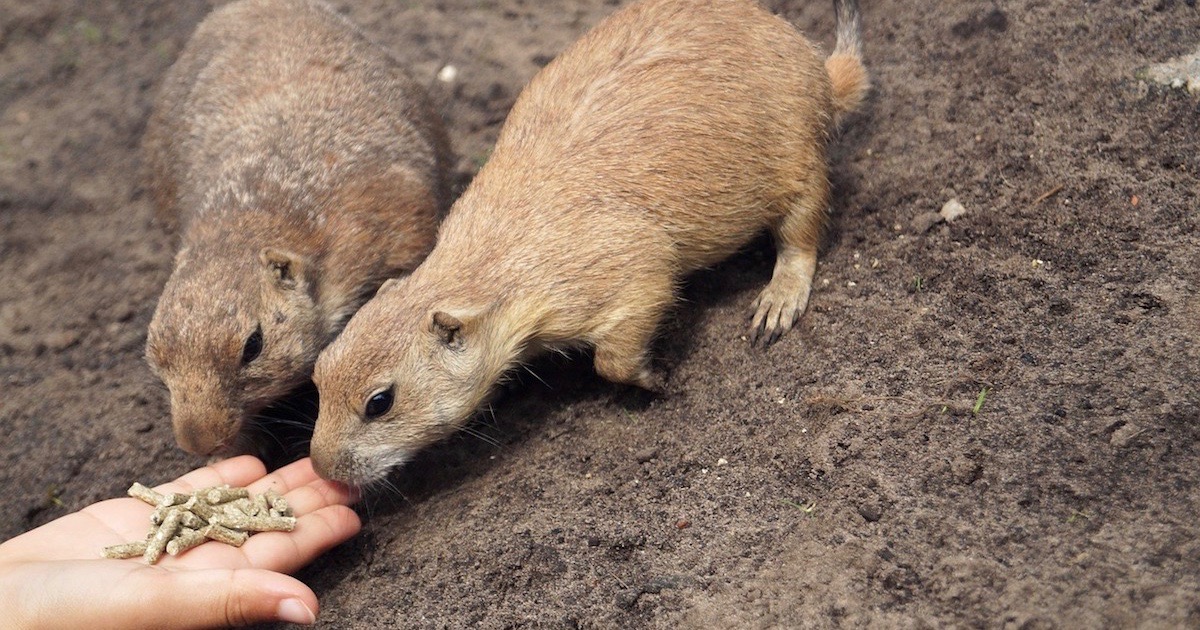 Evolution
Evolution
 Human Origins
Human Origins
 Intelligent Design
Intelligent Design
New Paper in Evolution Journal: Humans and Animals Are (Mostly) the Same Age?


Could it be that animals were designed together with humans and instantiated at the same time too? Or did they get off the same spaceship? Or off the same boat?
An exciting new paper in the journal Human Evolution has been published which you can read here. Popular science reports such as this have incautiously claimed, “They found out that 9 out of 10 animal species on the planet came to being at the same time as humans did some 100,000 to 200,000 years ago.”
But to be more precise, what they actually found is that the most recent common ancestor of those species seems to have lived during that time period.
This could indicate intelligent design, an event where species came into existence for the first time. But it could also indicate something else, such as a population crash (or crashes) that affected almost all life on Earth. Either way, if the paper is right, it would be a shock to established scientific expectations.
“This conclusion is very surprising,” co-author David Thaler of the University of Basel is quoted as saying, “and I fought against it as hard as I could.” His co-author is fellow geneticist Mark Stoeckle of Rockefeller University in New York.
Here is how the scientific reasoning works:
Nucleotide diversity π is the average number of differences per site between two aligned nucleotide sequences. The differences are assumed to be due to mutations accumulated on both sequences since they diverged. Therefore the nucleotide diversity π should be twice the mutation rate multiplied by the time to common ancestor of those sequences: π = 2 μ T, where μ is the mutation rate per generation and T is the time since the common ancestor in generations.
If ordinary steady neutral evolution has been happening, then the time to common ancestor is expected to be about N, the effective population size. Therefore the nucleotide diversity is expected to be about 2 μ N.
The mutation rate μ shows some variation, but N is believed to vary widely across the animal kingdom. Therefore the nucleotide diversity that we observe should vary widely too.
But, according to these authors using data from the BOLD database, the nucleotide diversity does not vary greatly. Instead, these authors find that for 90% of all species, the observed levels of π suggest that T falls within the last 100-200kYr.
I am intrigued, but to be honest, I don’t quite know what to make of it just yet, and don’t want to jump to any conclusions. This kind of inference is complicated; the paper does not explain where they sourced estimates of mutation rate and effective population size.
Moreover, studies of different kinds of sequences can seem to tell widely different stories. In an earlier paper from 2014, the authors point out that the idea of a single global population crash is, “almost a Noah’s Ark hypothesis,” though “This appears unlikely.” They speculate instead that “perhaps long-term climate cycles might cause widespread periodic bottlenecks.”
In any case, one thing is clear: reconstructing the past is a complicated business and it is still full of surprises. There may be even bigger surprises in store.
Photo credit: MIH83, via Pixabay.
